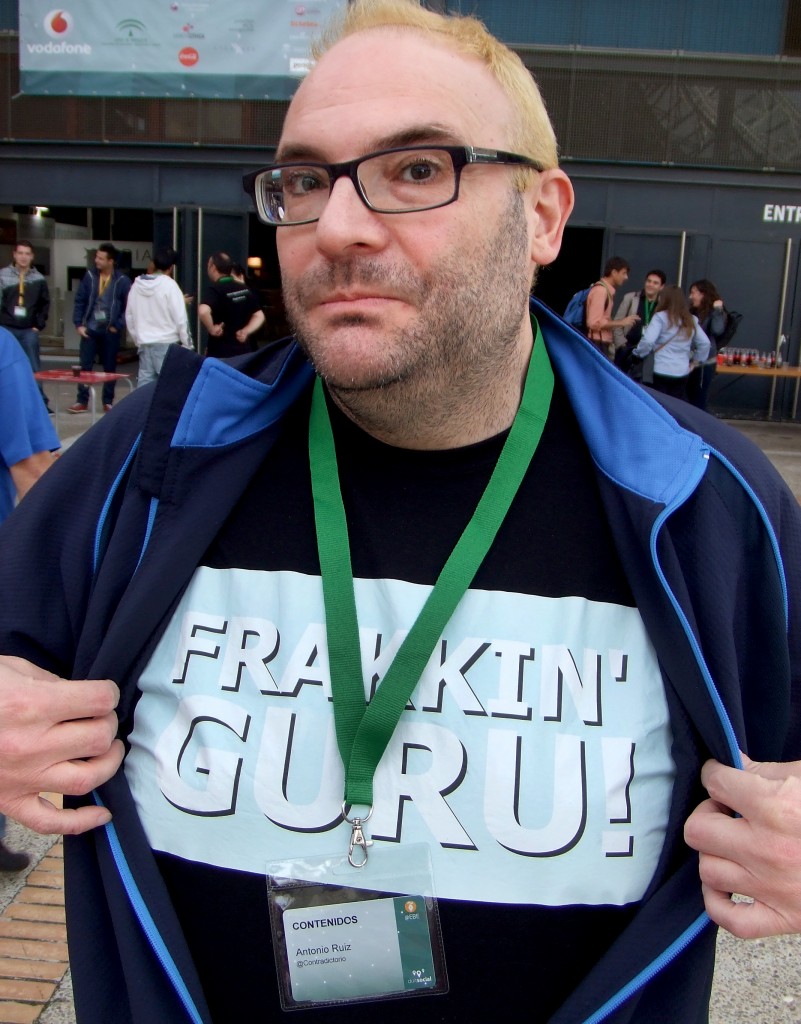Nine conference mythodologies

Mythodology: We know what our attendees want to learn about
Reality: No, you don’t. At least half the sessions programmed at traditional conferences are not what attendees want.
Mythodology: Event socials are a good way to meet people
Reality: People tend to stay with people they already know at event socials. Participant-driven and participation-rich events provide far more opportunities to meet people you actually want to meet.
Mythodology: A “conference curator” can improve the quality of your conference content
Reality: Sadly, conference curators don’t exist. However, discovering the content wants and needs of participants at the event and satisfying them with the collective resources in the room is routinely possible and significantly improves the quality of your conference content.
Mythodology: Learning occurs through events
Reality: Learning is a continual process; formal events only contribute a small percentage to the whole.
Mythodology: Conference programs should be stuffed full of sessions so there’s something of interest for everyone
Reality: Downtime is essential for effective learning and connection, so providing conference white space is essential. (Trick: Stuff your program if you must, but give attendees explicit permission to take their own downtime when they need it.)
Mythodology: Adding novelty to a meeting makes it better
Reality: Novelty is a one-time trick. Next time it’s old. But making your meeting better lasts. Go for better, not just different.
Mythodology: Big conferences are better conferences
Reality: Better for the owners perhaps (if the meeting is making a profit) but not better for participants. Today’s most successful conferences are micro conferences. (And, by the way, most conferences are small conferences.)
Mythodology: We know what attendees like, don’t like, and value about our meeting
Reality: If you’re using smile sheets or online surveys, you’re learning nothing about the long-term value of your meeting. This is the meeting industry’s biggest dirty secret. Use long-term evaluation techniques [1] [2] instead.
Mythodology: We can contract a venue for our meeting before we design it
Reality: Sounds silly when put like that, but it happens all the time. Designing your meeting and then choosing a venue that can showcase your design will improve your meeting experience (and can save you big bucks!)
I bet you can think of more than these nine conference mythodologies. Share them in the comments!
Image attribution: Flickr user dunechaser

